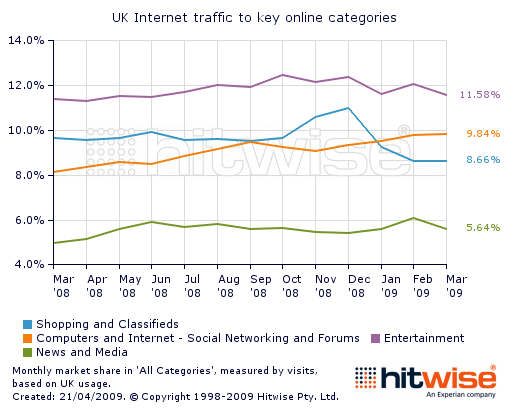Study: Trust is king – How, when and where consumers buy online
Fair enough, it is only a US-based insight among some 2,000 online and mobile shoppers in July 2015. However, the message could be taken to any other market I guess these days…
The main factor for consumers to make a purchase decision, is trust. This is the finding from Amazon which conducted a study with Pymnts.com in order to understand, where consumers start their buying journey, why consumers buy from one site and leave the other one without making any purchase. Furthermore, the study states that price or ease of delivery are not the main features driving purchase decisions.
The US consumer needs trust in a site (23%) so that they purchase from some retailer. Oterh features that came in th next places were tailored promotions or rewards (16%), a good experience in the past (14%) or products being available in an acceptable time frame (13%).
Interestingly enough, other tactics like good shipping considerations (11%), preferred method of payment (8%), ease of use (6%), a site that recognizes me (4%), being a preferred customer (3%), being able to check out as a guest (1%) and store billing and shipping info (1%) came in much later in the ranking.
“You need a strategy that is about more than being present,” he said. “You need a strategy that is about being present where your customers are because if you are not, then you are not being customer centric. There’s no such thing as a relationship without trust.” (Patrick Gauthier, VP, Amazon Payments)
So, where does the consumer journey start? The study also found that almost every second out of three respondents (64%) start by searching for a product on a marketplace, followed by their favourite brand websites (48%), search engines (40%) and social media (29%).
“The ultimate digital destinations are driven by trust – trust that the sites have what they want to buy, trust that they will be given a fair price, trust that their goods will be delivered to them in a time frame that is relevant.” Karen Webster, CEO, MPD
Just check your own habits and experience. What would you say makes you buy something from an online shop? We look forward to your comments…



 Incorporating a strong SEO strategy into the design of an ecommerce website can greatly improve its chances of success. For an online shop to succeed, customers must be able to easily find it using a search engine. Whether you’re using an expensive SEO consultant or simply relying on a subscription ecommerce platform, you’ll want to take heed of the following common mistakes made by ecommerce websites.
Incorporating a strong SEO strategy into the design of an ecommerce website can greatly improve its chances of success. For an online shop to succeed, customers must be able to easily find it using a search engine. Whether you’re using an expensive SEO consultant or simply relying on a subscription ecommerce platform, you’ll want to take heed of the following common mistakes made by ecommerce websites.





